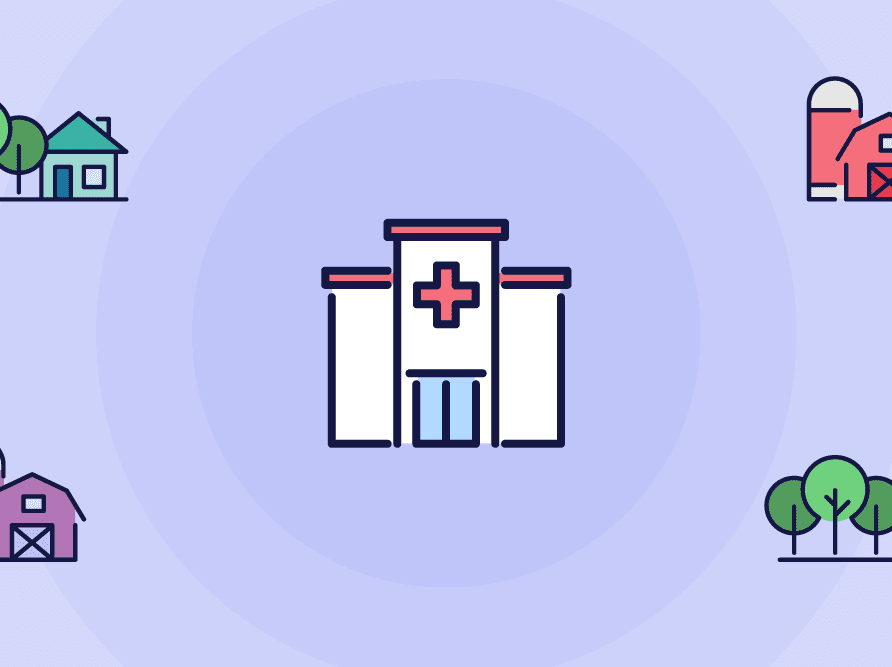Article
The big divide in telehealth: Will the convenience factor prevail?
* This content was originally published prior to N. Harris Computer Corporation’s 2022 acquisition of the Allscripts Hospital and Large Physician Practice business segment. Our business is now known as Altera Digital Health.
I’ve worked for more than 20 years in a brick-and-mortar urgent care center that was started by physicians in the community—family doctors who also helped start the emergency department at a small community hospital in prior years.
We are an integral part of the health system and have a great relationship with all the doctors in the community. Historically, they referred patients when they could not see them the same day. We worked diligently to share records, ensure the patient sought any necessary follow-up care with their doctor and encourage patients to always call their primary care physicians before seeking care elsewhere.
Over time, patient convenience overcame continuity of care as the driving force in where patients sought care. Patients initially cited difficulty getting to see their primary care physician (PCP) as their reason for utilizing the urgent care center as their primary source of care, but soon it became clear they stopped calling their PCP and didn’t have a medical home, instead choosing walk-in centers for the convenience.
The global COVID-19 health crisis has demonstrated the importance of telehealth as an invaluable part of the care continuum. Nearly seven months into my own journey in providing telehealth visits from the comfort of my home, I love it and so do my patients!
I have been impressed by what we’re able to accomplish in a virtual visit, especially the quality of patient-directed exams. Telehealth is here to stay, but will convenience of using a telehealth service or the out-of-pocket cost savings of using a preferred provider based on your employer or insurance company further erode the patient medical home and continuity of care?
Patient preferences are evolving
COVID-19 forced us to embrace telehealth and many patients have quickly adapted. I have had the privilege of caring for a wide variety of patients via video visits and most patients found it easy to master the technology component. Early on, fear of seeking care in person was echoed by many patients and their families.
I felt particularly useful when I could triage a toddler with a small laceration for worried parents, avoiding in-person care. On another occasion, a video visit was what I needed to “lay eyes” on a 15-year-old boy with abdominal pain and direct his parents to the emergency department immediately for definitive care, despite their concern and desire to manage the patient at home.
As the shutdown lingered, many patients found themselves using telehealth platforms outside of their regular caregivers for refills of chronic medications and evaluations of non-acute lingering concerns that often require additional diagnostic evaluation. In some cases, I have encountered unexpected resistance to seeing their personal physician or care team.
The big divide
Telehealth is an efficient and effective care delivery mechanism. Like other convenient care options, we must be vigilant to maintain continuity of care and avoid further fragmentation of the medical home.
Quality, nimble care is at the heart of the many independent telehealth care delivery networks, but with so many options for care and such diversity of platforms, there are challenges in sharing records and communicating with the patient’s broader care team, reminiscent of the prior decade with early electronic health records.
While some telehealth organizations may encourage follow-up with the same provider when available, the physician may not be available to accommodate the patient’s desired follow-up visit preferences given the 24/7 nature of access to these platforms.
Telehealth is here to stay. The care delivery options technology enables provide unprecedented, convenient access to quality care. How we communicate and enable the care team will ultimately determine its true value.












